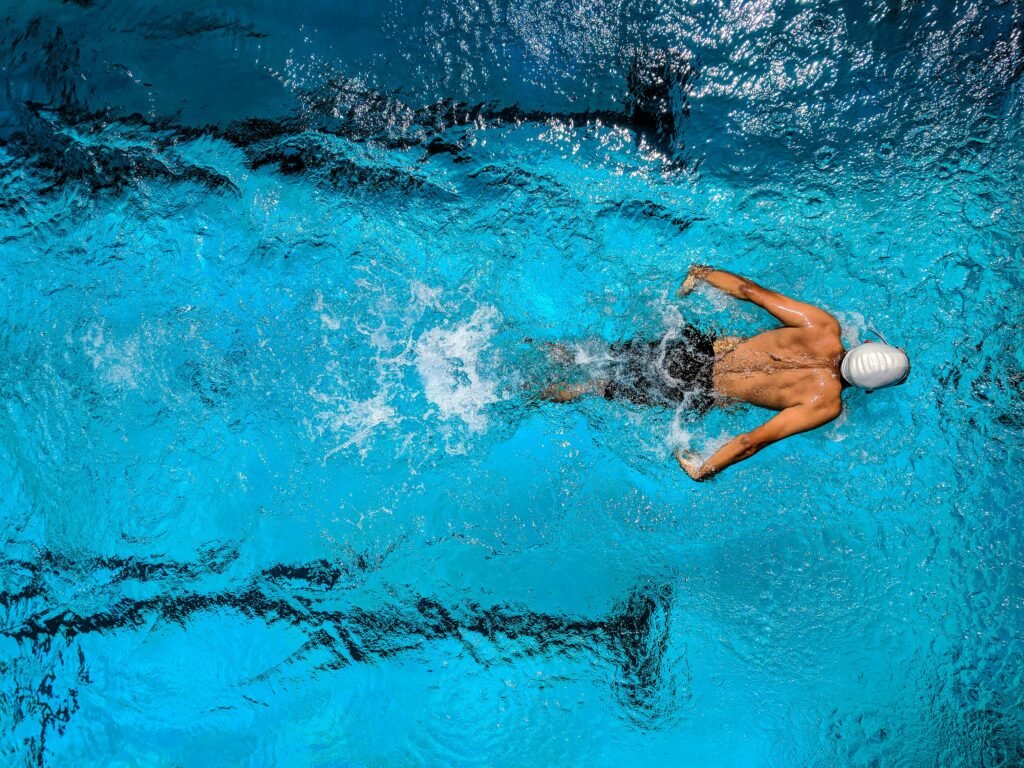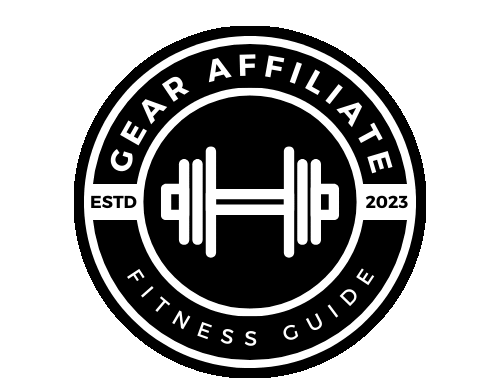
Understanding the Benefits of Swimming for Muscle Building
Swimming is often regarded as a low-impact exercise, but it offers a variety of benefits for muscle building. When engaging in swimming workouts, individuals expose their muscles to resistance through the water, which is significantly denser than air. This density results in increased resistance against the body during each stroke, promoting muscle growth and development. The buoyancy of water also provides support, allowing for a full range of motion, which can enhance flexibility and strength without the risk of injury commonly associated with traditional weightlifting.
Different swimming strokes target various muscle groups, allowing for a comprehensive approach to muscle building. For example, the freestyle stroke primarily engages the muscles in the shoulders, back, and core, while the breaststroke focuses more on the chest, triceps, and inner thighs. The butterfly stroke is beneficial for developing shoulder, chest, and abdominal muscles, whereas the backstroke targets the back, shoulders, and legs. By incorporating diverse strokes into swimming workouts, individuals can achieve balanced muscle development across the body.
To maximize muscle-building results, factors such as frequency, intensity, and duration of swimming sessions should be carefully considered. Swimming workouts that are performed at a high intensity, several times a week, can significantly improve muscle hypertrophy. Adding intervals of sprinting within a swim can increase the intensity, creating additional challenge for muscle fibers. Furthermore, combining swimming with traditional weight training creates a well-rounded fitness routine; it allows individuals to leverage the unique advantages of both water-based resistance and land-based strength training. This combination can lead to enhanced muscle growth, improved overall strength, and effective fat loss, ultimately contributing to an individual’s fitness goals.
Swimming for Fat Loss: The Science Behind It
Swimming is widely recognized as an effective exercise for fat loss, engaging multiple muscle groups while promoting cardiovascular health. The fundamental mechanism behind swimming and its efficacy in burning fat lies in its ability to create a significant caloric deficit. When performed consistently, different swimming styles such as freestyle, breaststroke, backstroke, and butterfly can lead to substantial energy expenditure. For instance, a 155-pound individual might burn about 500 calories in an hour while swimming vigorously, depending on the chosen technique and intensity.
Aerobic exercise, such as swimming, primarily relies on the body’s fat stores for energy, especially during prolonged activities. During swimming sessions, the body’s metabolism shifts to utilize fat as a primary fuel source, thus promoting fat oxidation. Elevated heart rates achieved during swimming correspond to increased fat-burning potential. For effective fat loss, a swimmer should aim to maintain their heart rate in the target training zone, which can significantly contribute to improved cardiovascular endurance and overall fitness levels.
Furthermore, one cannot overlook the importance of a balanced diet in conjunction with swimming for optimal fat loss results. It is essential to ensure that the caloric intake matches the energy expenditure from swimming and other activities. A diet rich in whole foods, such as lean proteins, healthy fats, and complex carbohydrates, can provide the necessary fuel for rigorous swimming workouts. Additionally, staying hydrated is crucial as water helps the body maintain optimal physiological functions during exercise. Therefore, incorporating swimming into a well-rounded fitness regimen, complemented by proper nutrition, can maximally enhance fat loss efforts, leading to sustainable and healthy results.
Creating a Swimming Workout Plan for Muscle Gain and Fat Loss
Designing a swimming workout plan tailored for muscle gain and fat loss involves several components that maximize the benefits of water-based exercise. Firstly, it is crucial to establish clear fitness goals. This may involve focusing on endurance, strength, or a combination of both. A well-structured plan should typically include warm-up, the main workout, and cool-down phases to enhance performance and reduce the risk of injury.
For endurance-focused workouts, longer sessions at a steady pace are beneficial. One potential routine could comprise 4 x 500 meters at a moderate speed, interspersed with rest intervals of one to two minutes. This kind of workout promotes cardiovascular fitness while supporting fat loss. Strength-building sessions might integrate resistance tools such as swim paddles, fins, or a pull buoy. A sample session could involve 5 x 100 meters using paddles paired with short rest intervals, fostering growth in muscle strength and power.
| Routine 1 | Routine 2 |
| 4 x 500 meters at a moderate speed | 5 x 100 meters using paddles |
| Rest 1-2 minutes between sets | Rest 1-2 minutes between sets |
Incorporating interval training can also be effective in achieving both muscle gain and gradual fat loss. An example workout might entail 10 x 50 meters at high intensity, followed by a recovery swim for 25 meters. This high-intensity effort stimulates muscle fibers while aiding metabolic processes. Each workout should also begin and end with a warm-up and cool-down. Dynamic stretches like arm circles and leg swings can precede the swim, and a gentle, steady-paced swim can help to facilitate recovery post-session.
| Routine 3 |
| 10 x 50 meters at high intensity |
| Recovery swim for 25 meters |
To track progress effectively, swimmers should maintain detailed logs documenting times, distances, and perceived exertion levels. Adjustments in the workout plan should be implemented periodically based on individual progress and response to training stimuli. By consistently monitoring outcomes, individuals can optimize their swimming sessions and continue to cultivate muscle gain while achieving fat loss.
Tips for Maximizing Your Swimming Results
To effectively build muscle and lose fat through swimming workouts, swimmers must implement a holistic approach that integrates nutrition, hydration, recovery, and cross-training. First and foremost, nutrition plays a crucial role in achieving optimal swimming results. Eating a balanced diet rich in lean proteins, healthy fats, and complex carbohydrates provides the necessary fuel for both workouts and muscle recovery. Swimmers should aim to consume meals containing protein within 30 minutes post-exercise to facilitate muscle repair and growth.
Hydration also cannot be underestimated. Even though many swimmers are submerged in water, they may still experience dehydration due to the exertion and exposure to sun or heated pools. It is essential to drink adequate fluids before, during, and after swimming sessions to maintain peak performance. A good rule of thumb is to consume about a cup of water for every 15-30 minutes of swimming, adjusting this amount based on intensity and duration of workouts.
Recovery is another vital aspect of an effective swimming regimen. Incorporating rest days allows the muscles to recover and grow, reducing the risk of injury. Stretching and engaging in light activities on off days can also improve flexibility and prepare the body for subsequent workouts.
Moreover, swimmers should consider cross-training and integrating strength training exercises into their routines. Exercises such as weight lifting, resistance training, or yoga can enhance muscle strength and endurance, supporting overall swimming performance. This strategy not only minimizes the risk of overuse injuries but also keeps workouts varied and engaging.
Finally, maintaining motivation and consistency is essential for long-term success. Setting realistic goals, tracking progress, and participating in swimming groups or clubs can foster a supportive environment that encourages accountability and persistence. Keeping the swimming journey enjoyable and varied will help swimmers stay committed to their fitness aspirations.
If you found this post to be helpful, then you may be interested in the rest of our blog page here.
At Gear Affiliate, we always want to give our readers more resources to research. Below are a few sources that we have found to be helpful relating to this topic.


